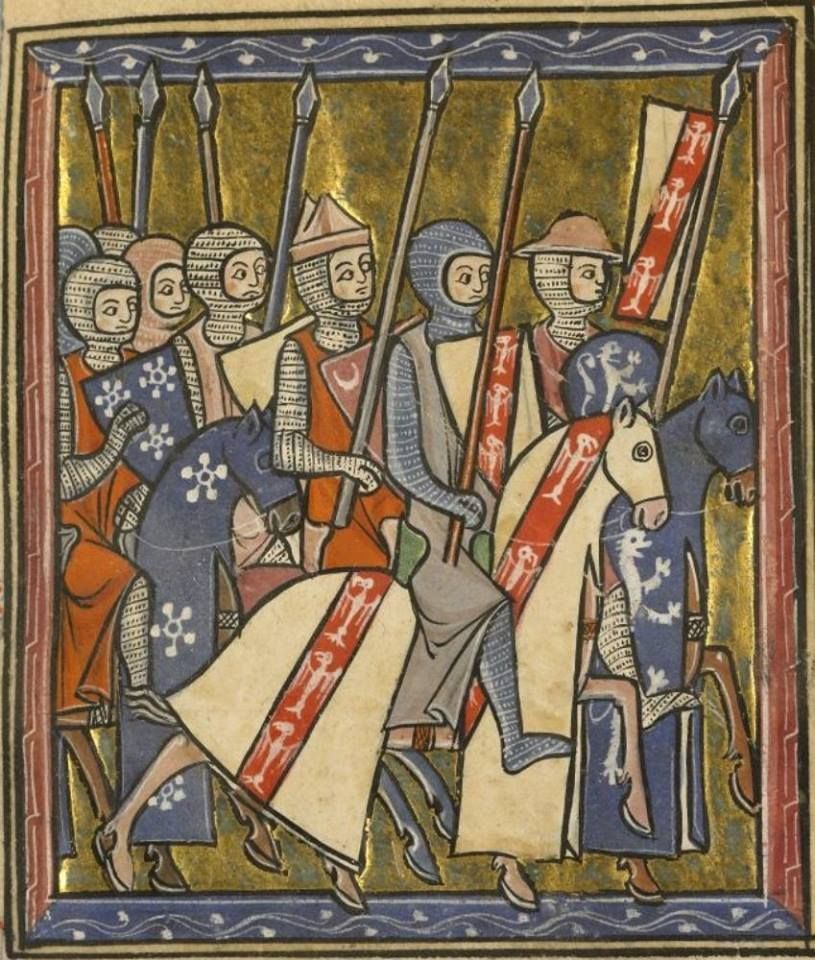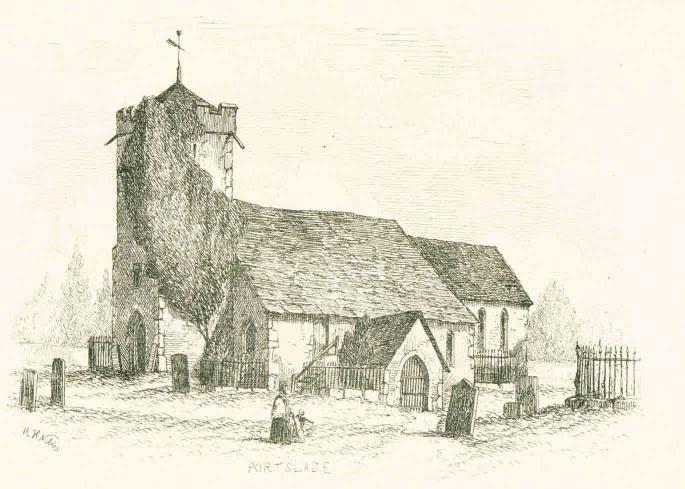12th Century
12th Century Portslade
After the Battle of Hastings in 1066, Sussex was divided into seven areas of land known as ‘rapes’. Portslade came under the jurisdiction of the Rape of Lewes, which in 1088 had passed to William de Warenne, 2nd Earl of Surrey. Within this area, Portslade sat in the Half-Hundred of Fishersgate along with Aldrington and Hangleton. 'Hundreds' were similar to modern-day districts and were used to determine how much tax people had to pay.
Lewes Castle had been built in the 11th century by William de Warenne, 1st Earl of Surrey. Local castles were significant because they would have provided great defence from enemy threat. In the neighbouring rape of Bramber, Bramber Castle was also built in the 11th century.
Portslade manor house was built in the 12th century, and was then known as the Manor of Atlingworth. Building commenced in 1130s by William de Warenne,
2nd Earl of Surrey, and on his death it passed to his illegitimate son, Rainald de Warenne. The manor house continued to be passed down through the de Warenne family for the rest of the century. The original part of the building included the rectangular-shaped ruin, the larger tower dates from the 1600s.
Adjacent to the manor house is St Nicolas Church. Although it has been added to over the centuries, the church gives one of the few insights into 12th century Portslade. Built from flint and Caen stone, the church originally consisted of the nave, south aisle and base of the tower. Over the next two centuries a chancel, north aisle and remaining tower were
added. Many noble medieval buildings were built from Caen stone, which was imported from Normandy, due to its symbol of status and stronger defence.
Inhabitants of Portslade would have paid a tenth of their earnings to Lewes Priory in a tax for the support of the Church and clergy called a 'tithe'. Many additional taxes were demanded and paid to the royal treasury. This included a large tax levied in 1194 to pay for King Richard I’s ransom of 150,000 marks when captured during the Third Crusade, as famously told in the story of Robin Hood. King Richard died in 1199 and was succeeded by his younger brother, King John.
Researched and written by Tasha Brown
Pictured:
1. William The Conqueror.
2. William de Warenne, 1st Earl of Surrey
3. Lewes Castle water colour - 18th century
4. Crusaders - 13th century drawing
5. St Nicolas Church - 19th century drawing
12th century events from across the country
1152 - Henry, Duke of Normandy (future Henry II) marries wealthy Eleanor of Aquitaine, just 8 weeks after her annulled marriage to the French King Louis VI
1169 - The Normans invade Ireland
Kings of the 12th century
Henry I 1100 - 1135
Stephen 1135 - 1154
Henry II 1154 -1189
Richard I 1189 - 1199
John 1199 - 1216
Lords of Portslade Manor
1140 - 1148 William de Warrenne, 2nd Earl of Surrey.
1148 - 1178 Rainald de Warenne.
1179 - 1200 - title unclear, probably the de Warrene family










